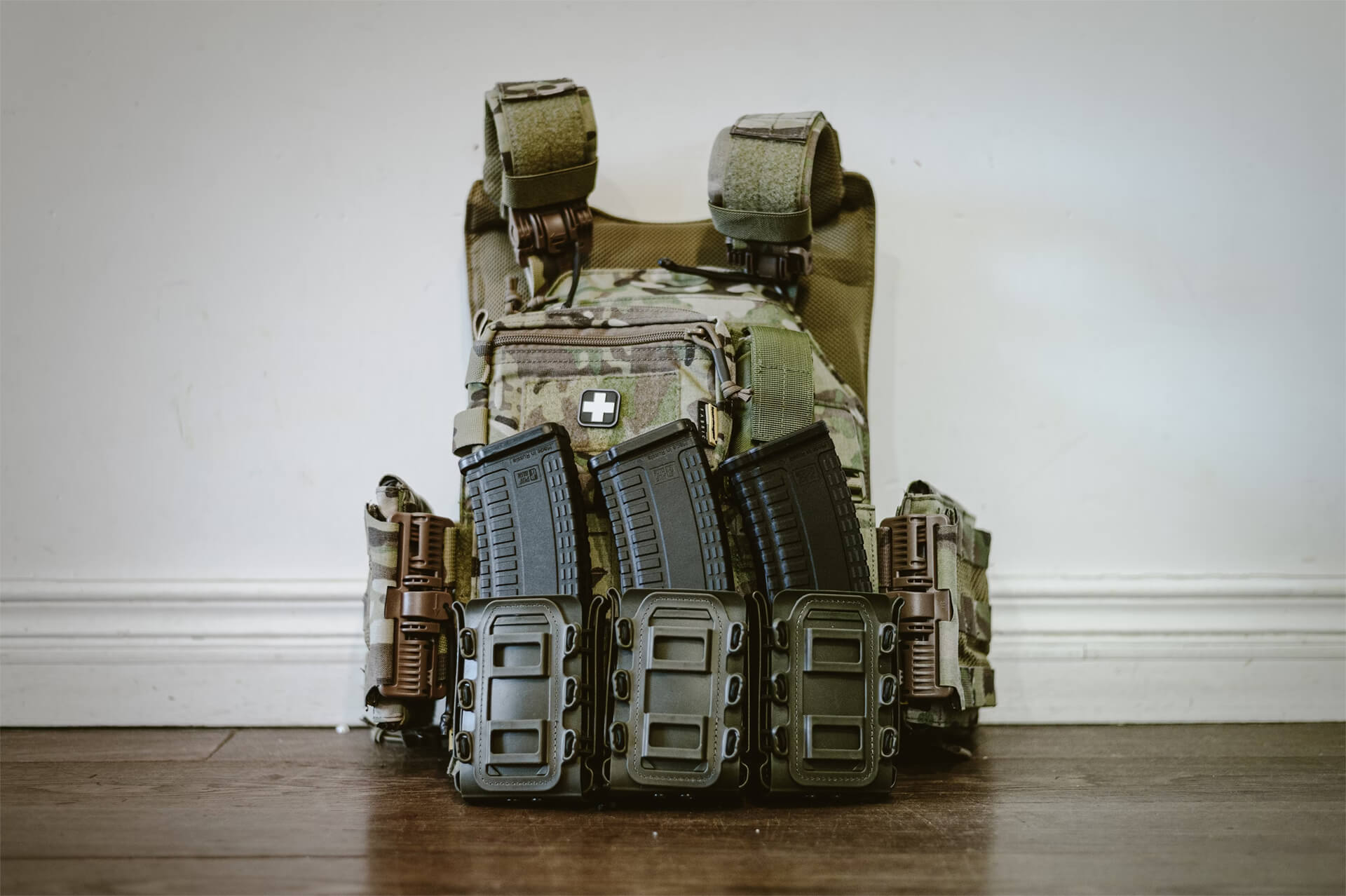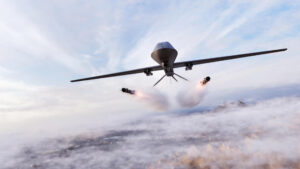Recent events in the Ukrainian War have shed light on the state of Russia’s ability to resupply its war effort. Even elite Russian troops are being forced to rely on older, reserve equipment—including tanks built well over half a century ago. Moscow’s deep inventory of Cold War-era materiel has kept Russian troops in the fight, but not necessarily fighting: a recent attack by Ukrainian forces in Zaporizhzhia eliminated most of a Russian airborne division fighting in tanks likely older than their fathers.
While Moscow has plenty of old equipment to churn through in its attempt to drag Kyiv back into its orbit, the same cannot be said for its ability to place more bodies on front lines. Russia’s post-soviet demography was already a mess before the war. Combined with hundreds of thousands of casualties due to the war, and estimates of up to a million fighting age men who have slipped out of the country, and Russia is facing a grim inversion of its WWII challenges: while it may have plenty of (aging, derelict) equipment with which to wage war on its neighbors, young men are becoming much harder to find and even harder to replace…
The result? Russia and its war machine have shifted strongly from expansion to maintenance—and all this narrowly balanced against competing Russian economic and political interests. While this does not mean that Russia’s war in limited to Ukraine, it does mean that the timeline for Russian action ends firmly well within the next decade. Does a shortened window of Russian capability mean a decreased likelihood of Russian aggression? Far from it, sadly. The bear’s back is against the wall, and they very much view the Ukraine War (and any follow-ons) as a fundamental war of survival.
Here at Zeihan On Geopolitics we select a single charity to sponsor. We have two criteria:
First, we look across the world and use our skill sets to identify where the needs are most acute. Second, we look for an institution with preexisting networks for both materials gathering and aid distribution. That way we know every cent of our donation is not simply going directly to where help is needed most, but our donations serve as a force multiplier for a system already in existence. Then we give what we can.
Today, our chosen charity is a group called Medshare, which provides emergency medical services to communities in need, with a very heavy emphasis on locations facing acute crises. Medshare operates right in the thick of it. Until future notice, every cent we earn from every book we sell in every format through every retailer is going to Medshare’s Ukraine fund.
And then there’s you.
Our newsletters and videologues are not only free, they will always be free. We also will never share your contact information with anyone. All we ask is that if you find one of our releases in any way useful, that you make a donation to Medshare. Over one third of Ukraine’s pre-war population has either been forced from their homes, kidnapped and shipped to Russia, or is trying to survive in occupied lands. This is our way to help who we can. Please, join us.
TranscripT
Hey everyone. Peter Zeihan here. Coming to you from Colorado. today we’re to talk about the reserves that the Russians are activating to keep fighting the war. at the end of March in Japanese province, the Ukrainians massacred a group of Russian forces that were part of the 76th Guards Air, assault Group. Now, the 76 has been fighting in the war for a while.
they’ve been defeated a few times, but they’re generally considered some of the better Russian troops. they were part of the, the military formations before the war generally had the best equipment because they were some of the best troops. Well, when they came up against, Ukrainian forces this most recent time, they were fighting in t 55 tanks, which were tanks that were built right at the beginning of the Cold War back in the 50s.
So these things have been considered by Russian standards, outdated by over a half a century. And yet here they are, being used by the elite forces. they don’t move as fast. They don’t shoot as far their armor’s thin compared to modern tanks. but most importantly, they require four people to operate instead of three. so, you know, much more manpower intensive for much less bang for the buck.
the fact that these things are in use at all is a bit of an issue for the Russians. So, at the beginning of the war, the Russians had 12,000 tanks, of which about 2000 were in active service. the presence of the T 55 is in the hands of elite groups means that those original 20 tanks are now all, incapacitated or more likely, just flat out destroyed.
Now, the Russians have very, very deep reserves. There’s another 10,000 to go. But as you dive into the reserves, you’re getting into older and older tanks. or that’s what it would logically seem, actually, they’re starting with the oldest ones first. The issue is that the T 50 fives had no optics. They predate optics. And so when you want to bring a new tank into service, you can throw some cheap optics and actually get it through the refurbishment process fairly quickly, where if you have a newer tanks, it’s 72 or something newer.
Those had optics, but it’s been 30 years that they’ve been in storage, and so all the seals have gone and the wiring is bad. And so you need to replace something that was already there, as opposed to slap something aftermarket on it on the first place. that requires more advanced equipment, a lot of which the Russians don’t have anymore.
And so the 270 twos and newer tanks take a lot more effort to refurbish. So the Russians are starting with the old, old, old tanks. but the bottom line here is that the entire pre-war tank, reserve is gone. And now everything that they put on is something that they’re having to update. the same goes true for soldiers, based on whose numbers you’re believing.
That’s somewhere between 550,000 and 750,000 Russians have been killed or incapacitated by the conflict so far. Well, that is the entire pre-war army. And the Russians are having to put new people, recently drafted people into the field with minimal training. and this is now meaning that there is a problem with inflows. now, the Russians have not had a problem doing kind of a silent draft where anywhere between 15 and 45,000 people are, unofficially drafted every month.
the Russians have flows of people to spare. but the source is not bottomless. At the beginning of the war, the Russians had about 8 million men in their 20s. Well, if you’ve killed roughly 600,000 or killed in capacity and 600,000 and another million of fled, you’re now down to about 6.5 million left. So if you look at the number of tanks that they’ve got in reserve, you look at the number of men in the 20s that they’ve got left.
They can keep up this piece. They’ve been going for the last two years for probably another 5 to 8 years. And when that happens, they’re out of a gear. And they’re out of men. So that’s how long roughly the Russians have that they continue this war and any follow on wars. so we really are looking at the twilight of the Russian system here.
But it also means that since there’s no longer resources that can be shuffled from other places in the Russian Federation, the Russians are now dependent upon this throughput for refurbishment, for training, for equipment coming from other countries in order to just to fight the war in the first place. So the situation in Ukraine for the Ukrainians isn’t great, but the Russians have now run out of stuff to reposition and they’re dependent upon that throughput.
And that means economic and political factors, both in Russia and abroad, now massively affect the pipeline that allows Russia to keep men and equipment. And the front in the first place. So we need to watch the Russian space and the adjacent countries much more closely now than we have, because there’s no longer any depth to what the Russians can do.
As soon as they get something, they throw it into the front, because if they don’t, the front gets empty. So it may feel that the Russians in the last month or so have had a bit of momentum. And they have, but they haven’t been able to capitalize on the breaking of the other Deka front. And in fact, the front has become static again.
And so the Russians are doing attacks, like with the 76, to try to try to find a weak point, and the troops are just getting cut up and they just can’t maintain this pace forever. But we’re still looking at another 5 to 8 years. Okay, that’s it for me. Take care.








